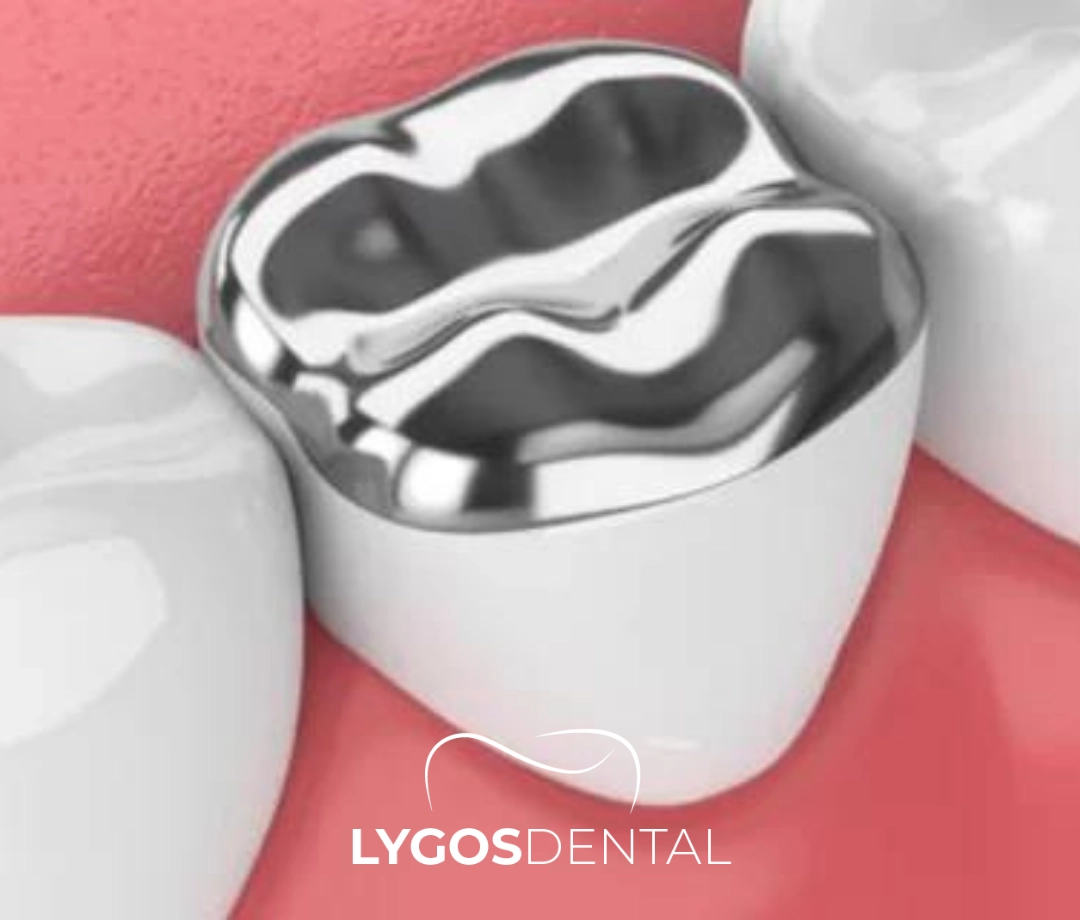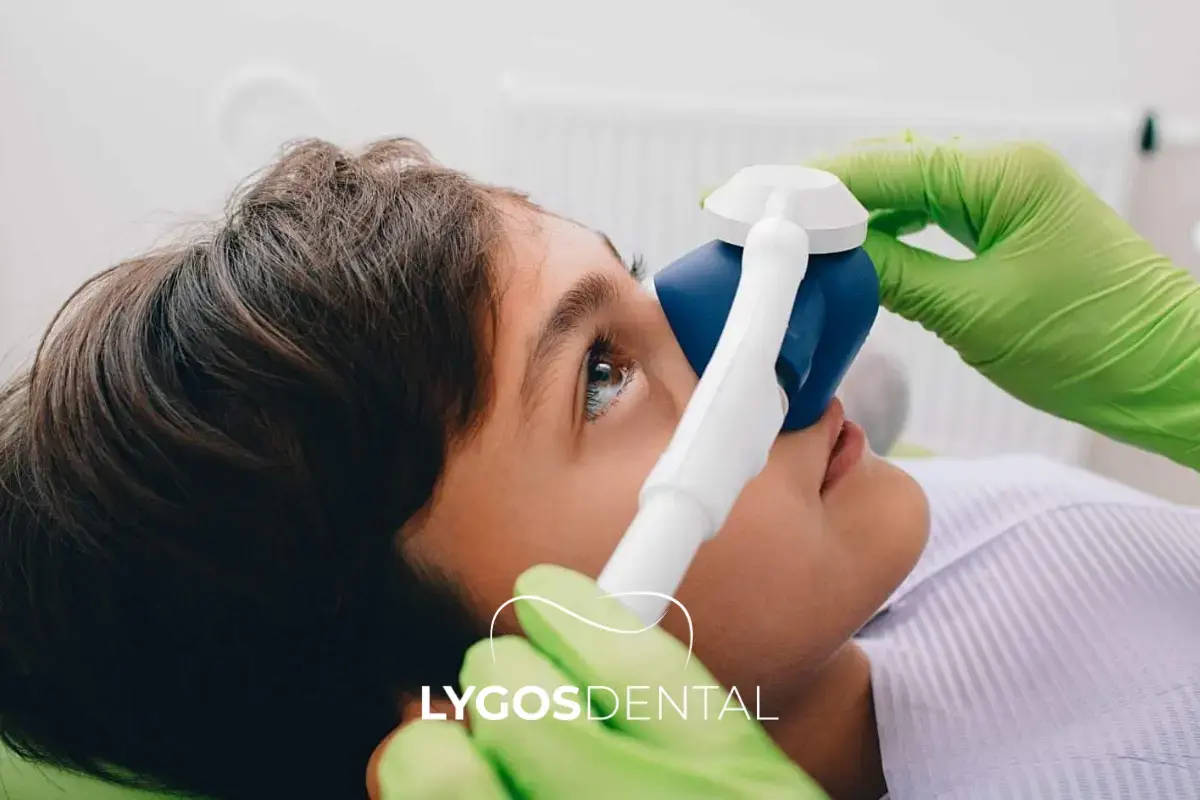
Night Toothache Relief: Easy Drug-Free Solutions That Actually Help
So, how does tooth loss affect speech? In this article, we will examine in detail the effects of tooth loss on speech, potential consequences,

An onlay filling is a restorative treatment similar to inlays but designed to cover a larger area of the tooth. Onlays extends over the chewing surface and cusps of the tooth, making them ideal for repairing more extensive cavities and damage. They provide greater protection by covering a larger portion of the tooth, often serving as a robust alternative to dental crowns.
This type of restoration is particularly useful for teeth that have sustained significant damage but still have a substantial amount of healthy tooth structure remaining. Onlays are crafted to fit precisely and offer enhanced durability and protection compared to other restorative options. By covering more of the tooth’s surface, onlays help restore both its function and strength, making them a practical choice for extensive dental repairs and maintaining long-term oral health.
The dentist carefully cleans the tooth, eliminating any decay and damaged sections to create a solid and healthy base for the filling.
A precise mold of the tooth is created, capturing every detail to guarantee the custom inlay or onlay will fit flawlessly.
The mold is forwarded to an expert dental lab, where skilled technicians meticulously craft the restoration to match the exact specifications.
With precision and care, the custom-crafted inlay or onlay is delicately aligned and nestled into the prepared tooth, ensuring it conforms perfectly to the tooth's natural contours and provides a seamless integration.
The inlay or onlay is bonded securely to the tooth using a specialized dental adhesive, creating a durable, lasting connection.
Finally, the filling is meticulously polished, achieving a smooth, natural finish that blends effortlessly with adjacent teeth, improving both functionality and visual appeal.
Get professional dental treatment in Turkey at Lygos Dental, offering effective, affordable treatments for a brighter, confident smile.
You can contact us via WhatsApp and Instagram for a quick response.
Inlays are used for repairing smaller cavities located within the chewing surfaces of teeth. They fit precisely into the damaged area, preserving most of the healthy tooth structure and offering a natural look. Ideal for minor to moderate damage, inlays are crafted to blend seamlessly with the tooth’s original appearance.
Onlays extend over a broader portion of the tooth, including the cusps, making them ideal for more substantial repairs. They provide greater protection and strength, often serving as an alternative to crowns. Onlays are ideal for significant damage and offer a robust solution for restoring the tooth's function and durability.
Inlays are designed for smaller, localized damage and fit within the tooth’s surface, while onlays cover a broader area, including the cusps, providing enhanced protection. Onlays are preferred for more extensive damage, offering a stronger, more comprehensive repair compared to inlays.
Inlay fillings provide significant aesthetic and functional benefits. These restorations are tailor-made to fit perfectly within the damaged section of the tooth, achieving a flawless integration with the surrounding natural tooth structure. By focusing solely on the affected portion, inlays help preserve the tooth’s original shape and appearance.
This targeted approach reduces the amount of healthy tooth structure that needs to be removed, thereby maintaining the tooth’s overall integrity. Aside from their appealing look, inlays are prized for their outstanding durability and enduring performance. They effectively seal the tooth’s surface, reducing the risk of future decay and wear. This makes inlays a reliable choice for those seeking both a functional restoration and a natural-looking result, as they provide a robust solution while enhancing the tooth’s longevity.


Onlay fillings are designed to cover a larger surface area, including the cusps of the tooth, providing superior protection and support. This broader coverage is particularly beneficial for extensive damage or decay, as onlays helps restore the tooth’s strength and functionality. By covering a larger surface area with precision, onlays retain more of the natural tooth structure than crowns, offering a more conservative and less invasive solution.
Moreover, onlays are renowned for their durability and strength, offering a long-lasting restoration that maintains a natural appearance. Their ability to withstand significant wear and their seamless integration with the tooth ensure that both function and aesthetics are preserved. Onlays are an excellent choice for comprehensive tooth repairs, combining resilience with a natural look that reflects the tooth’s original form and integrity.
Get professional dental treatment in Turkey at Lygos Dental, offering effective, affordable treatments for a brighter, confident smile.
You can contact us via WhatsApp and Instagram for a quick response.
Ceramic fillings are among the healthiest options, being both aesthetic and biocompatible. They work harmoniously with the gums and minimize allergic reaction risks. Their natural tooth color also offers excellent aesthetic results.
Gold fillings are renowed for their longevity. However, they are less popular due to aesthetic concerns. Ceramic inlays and onlays also offer high durability, preserving the natural tooth structure and providing a long-lasting solution with excellent aesthetic and functional results.
A good filling fits perfectly with the tooth, causing no discomfort or sensitivity. Chewing should feel natural, and the filling should seamlessly blend in, making it indistinguishable from the tooth's original structure. It should blend aesthetically and maintain the tooth's natural appearance.
A bad filling may cause pain during chewing, sensitivity, or even breakage or dislodgement. It may also cause gum irritation or lead to infection. If the filling’s height isn’t properly adjusted, it may cause problems with bite alignment.

So, how does tooth loss affect speech? In this article, we will examine in detail the effects of tooth loss on speech, potential consequences,

So, how does tooth loss affect speech? In this article, we will examine in detail the effects of tooth loss on speech, potential consequences,

So, how does tooth loss affect speech? In this article, we will examine in detail the effects of tooth loss on speech, potential consequences,

Special Note:
Our treatments are provided by healthcare facilities that possess a health tourism authorization certificate

Special Note: Our treatments are provided by healthcare facilities that possess a health tourism authorization certificate
Selenium Retro, Ataköy 7-8-9-10. Kısım, D-100 Güney Yanyolu No:18/A, 34158 Bakırköy/İstanbul
© 2025, LYGOS DENTAL. All Rights Reserved.